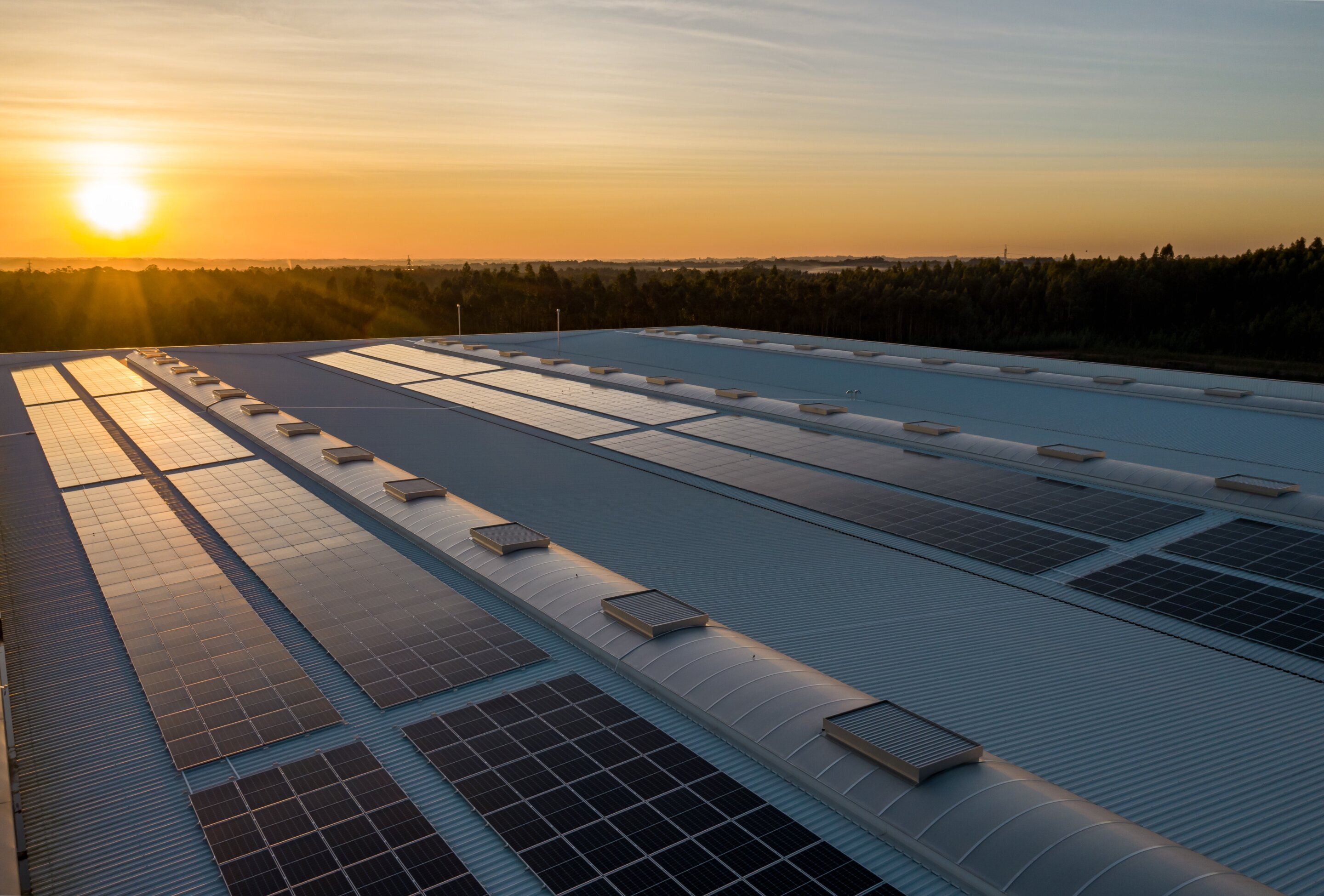- AI needs ‘global governance’, cannot be left to market, UN panel says
- Israeli military strikes Hezbollah as Nasrallah responds to wave of device blasts in Lebanon
- JetBlue to open airport lounges in New York and Boston in battle for big spenders
- From mortgages to auto loans, experts weigh in on when — or if — to refinance as interest rates fall
- August home sales drop more than expected, as prices set a new record
Who Won the U.S. Presidential Debate?

In a step toward solar fuels, durable artificial photosynthesis setup chains two carbons together
A key step toward reusing CO 2 to make sustainable fuels is chaining carbon atoms together, and an artificial photosynthesis system developed at the University of Michigan can bind two of them into hydrocarbons with field-leading performance.
The system produces ethylene with efficiency, yield and longevity well above other artificial photosynthesis systems. Ethylene is a hydrocarbon typically used in plastics, so one direct application of the system would be to harvest carbon dioxide that would otherwise be vented into the atmosphere for making plastics.
"The performance, or the activity and stability, is about five to six times better than what is typically reported for solar energy or light-driven carbon dioxide reduction to ethylene," said Zetian Mi, professor of electrical and computer engineering at the University of Michigan and corresponding author of the study in Nature Synthesis.
"Ethylene is actually the most produced organic compound in the world. But it is typically produced with oil and gas, under high temperatures and pressures, all of which emits CO 2 ."
The long-term goal is to string longer chains of carbon and hydrogen atoms together to produce liquid fuels that can be easily transported. Part of the challenge is removing all of the oxygen from the CO 2 as the carbon source and water, H 2 O, as the hydrogen source.

- September 16, 2024
Strongest typhoon to hit Shanghai since 1949 shuts down megacity

- September 16, 2024
Ghana Energy Awards announces shortlisted nominees for the 8th edition



- September 19, 2024
How Ukraine can rebuild its energy system

- September 19, 2024
ECG privitisation: Who will put money in a failing organisation?

- September 18, 2024
Zimbabwe to cull 200 elephants to feed people left hungry by drought


- September 19, 2024
UK campaigners in green energy standoff reject 'nimby' label

- September 14, 2024
New 'PVDF alternative battery binder' surpasses EU environmental regulations

- September 19, 2024
ACEP accuses ECG of exchange rate manipulation leading to GH₵7bn loss

- September 19, 2024
PURC calls for urgent revision of the Cash Waterfall Mechanism

- September 18, 2024
'End of an era': UK to shut last coal-fired power plant
Subscribe to our mailing list to get the new updates!

Subscribe our newsletter to stay updated
Thank you for subscribing!

